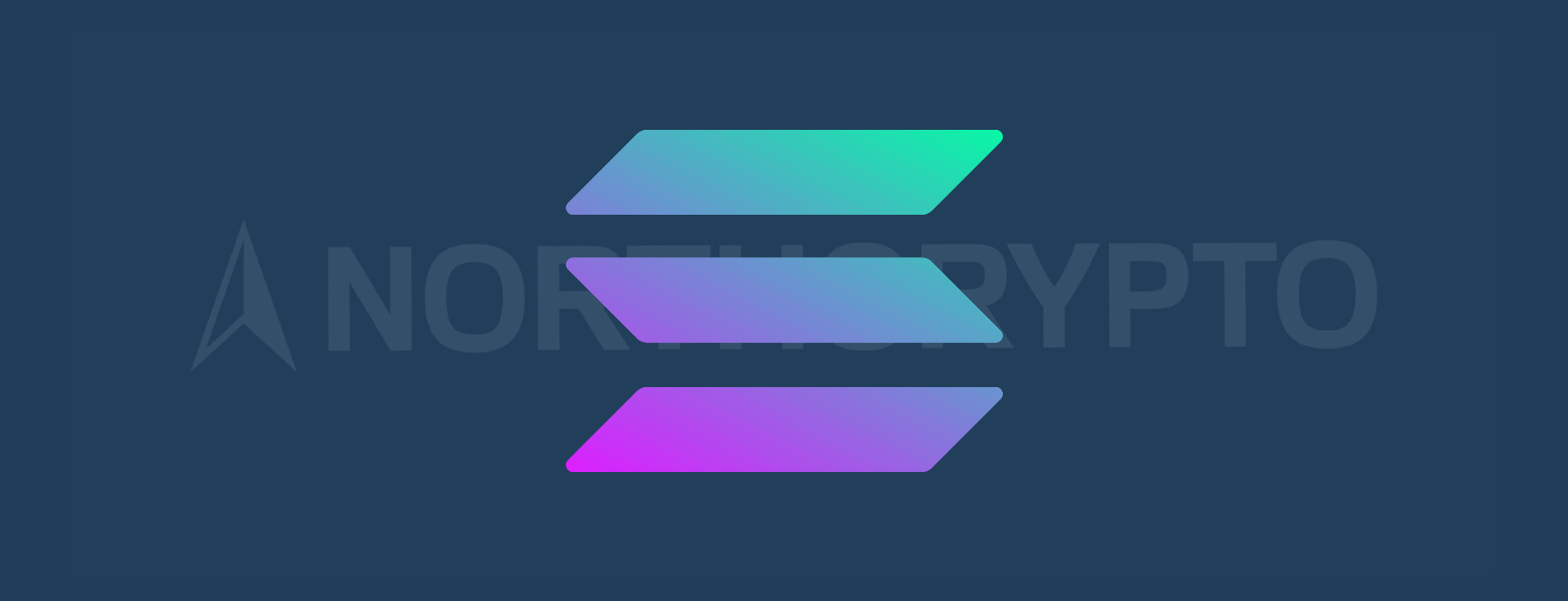
The maintenance of cryptocurrency blockchains is called mining. The staking of cryptocurrencies differs considerably from mining performed with conventional mining equipment. Blockchain maintenance work is performed in staking instead of mining equipment by locking cryptocurrencies to blockchain maintenance work. The purpose of this text is to inform the reader about the staking of cryptocurrencies.
What is a blockchain?
The blockchain is one of the most significant technological innovations of this century. Every cryptocurrency works on a blockchain, and mastering the policies of a blockchain also helps you understand what staking is all about.
Blockchain refers to a technology that allows parties in a blockchain to create and maintain various distributed databases. The most significant benefits offered by a blockchain are security and trust.
Blockchain security is the result of decentralization. Decentralization occurs in a blockchain by spreading information stored in the blockchain to several servers, also called nodes. The more nodes in the blockchain, the safer it is. A blockchain can hold up to tens of thousands of nodes, so even if some nodes are turned off, it would not affect the data in the blockchain. There are also no critical points in the blockchain that someone could hack and paralyze the operation of the blockchain.
It is not possible to falsify or change the events stored in the blockchain afterward. One of the most significant benefits of blockchains is the reliability they enable. Indeed, the parties utilizing the blockchain can always rely on the correctness of the transactions performed in the blockchain. Thus, the use of the blockchain does not require third parties or other cumbersome trust processes.
In practice, a blockchain consists of interconnected blocks containing data. The blockchain is thus the data in the chain. A block in a blockchain can include data on any item that requires recording. One block always contains a predetermined amount of data. Once the block has collected enough data to fit in it, it is appended to the newest block in the blockchain. Blockchains today have numerous different uses, one of the most popular of which are various cryptocurrencies.
Cryptocurrency mining
Cryptocurrency mining refers to the maintenance work of cryptocurrency blockchains. The miners gather the latest blocks in the blockchains of cryptocurrencies. The newest block always contains a list of transactions made in that cryptocurrency. Each block also constantly refers to the previous block, in which case the blocks form a chain.
Miners don’t do their work without compensation. The miners receive the cryptocurrency they mined as mining fees for their work and possibly the fees for transactions made in that cryptocurrency. In several cases, all new cryptocurrencies released into circulation come from mining fees received by miners.
Cryptocurrencies most often operate based on either Proof of Work or Proof of Stake consensus algorithms. The consensus algorithm plays a crucial role in defining the cryptocurrency mining method. Proof of Work-based mining requires that the mining be carried out using mining equipment, i.e., highly efficient computers. In Proof of Work-based cryptocurrency mining, network maintenance is the responsibility of the miners. The miners compete for who is the first to solve the highly challenging mathematical equation and thereby the honor of forming the newest block in the blockchain. Many of the older cryptocurrencies, such as Bitcoin and Litecoin, use a Proof of Work consensus algorithm.
Alongside the Proof of Work-based consensus model, a new Proof of Stake-based consensus model has been developed in recent years. The cryptocurrency staking is also essentially related to the Proof of Stake model.
What is staking?
In recent years, an algorithm called Proof of Stake has gained a lot of popularity. The Proof of Stake-based algorithm was developed to meet the challenges faced by Proof of Work. Instead of leveraging the computing power of computers, blockchain maintenance is performed in a Proof of Stake-based model by locking those cryptocurrencies. This process is also called staking. The fee for staking is directly proportional to how many cryptocurrencies are willing to stake.
Today, most cryptocurrencies operate by using the Proof of Stake algorithm. Proof of Stake based cryptocurrencies allows investors to stake those cryptocurrencies. Because of staking, Proof of Stake based cryptocurrencies don´t require heavy mining equipment and high energy consumption.
Staking cryptocurrencies is very easy. It is possible to start the staking by logging in to the service provider’s website with your cryptocurrency wallet. Today, however, this is no longer necessary for many cryptocurrencies. Most of the cryptocurrency wallets also allow staking options directly in a cryptocurrency wallet. This kind of option makes it possible to earn interest income from staking. Today, staking cryptocurrencies is also possible through several cryptocurrency exchanges. Once you have locked the number of cryptocurrencies you want to stake, you will automatically start accruing interest income on your exchange account.
Cryptocurrency staking is very popular among those who invest in cryptocurrencies. Starting staking is very advantageous, as it requires no investment other than acquiring a cryptocurrency that will enable the stake. With the cryptocurrency staking, an investor can accumulate several percent of their annual return.
Mikko Soon
Cryptocurrency specialist
Last updated: 10.02.2023 09:14





